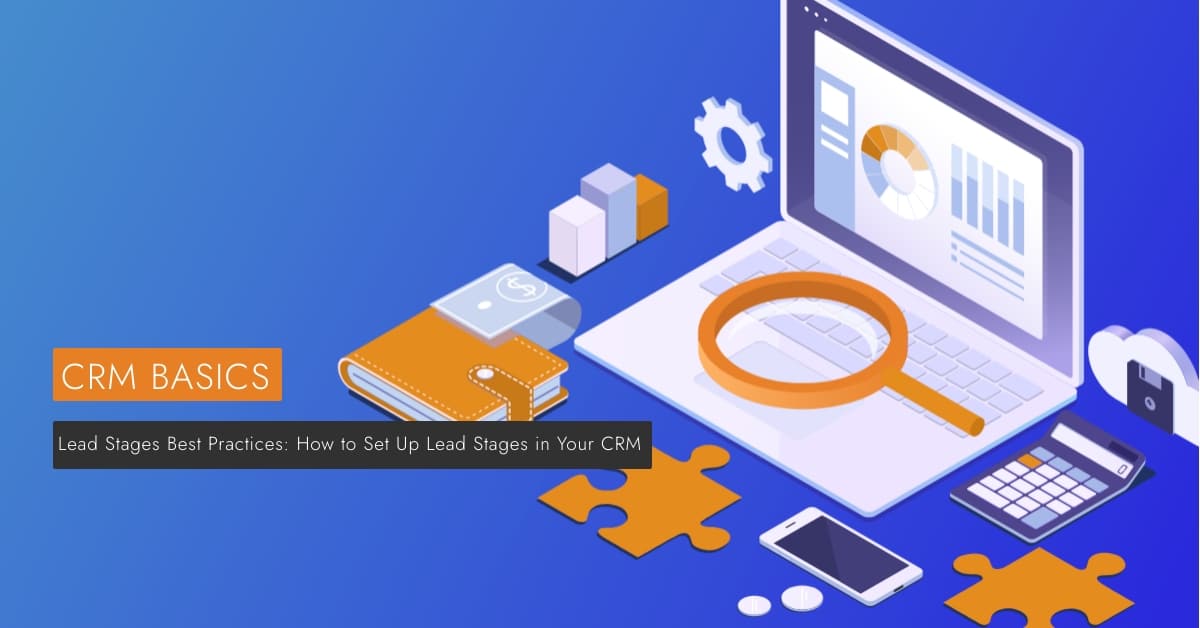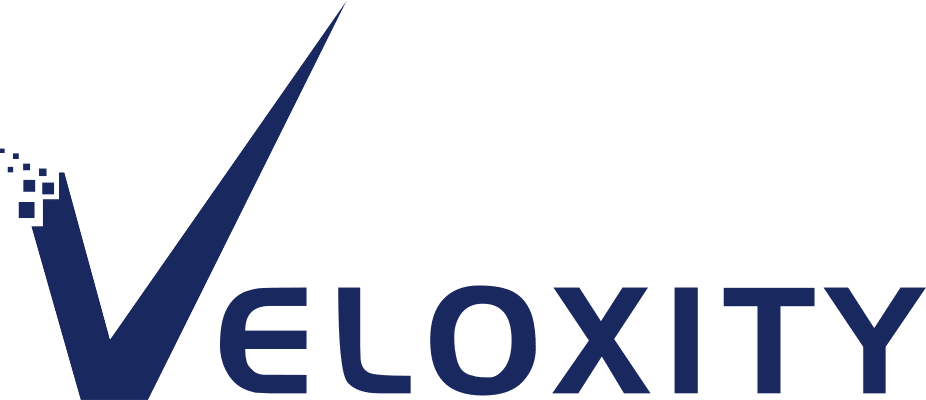Lead Stages Best Practices: How to Set Up Lead Stages in Your CRM

A lead is any person who has demonstrated interest in a company’s products or services, usually by entering their name and email address into an online form. But not all leads turn into customers, and not everyone has the same level of interest in your brand.
This is why setting up lead stages in your CRM can help your sales teams understand what steps they need to take to turn leads into customers.
In this post, we’ll go over the various lead stages and show you the best practices for setting up these stages in your CRM.
What are the Lifecycle Lead Stages?
There are four main stages of the lead lifecycle. A lead passes through each step when they are in a certain type of relationship with your brand. This creates the flow that takes the lead from being aware of your company to being interested in purchasing your product or service and finally turning into a paying customer.
Lead Scoring
A system that assigns a numerical value between 1 and 100 to a lead’s stage in the sales process.
Sales Stage
A category designed to define where a lead is in your sales cycle based on their level of engagement with your company. In an ideal world, every person who fills out a form on your website is a 100% ready-to-buy lead. In the real world, not everyone fills out forms or signs up for your newsletters.
CRM Stage
This is the full picture of where a lead currently stands, as well as their total journey through your sales funnels. By default, most CRMs set up at least three stages: lead, prospect and opportunity. However, you can add as many stages to your lead funnel as you want in order to help your sales teams understand where a lead is in their journey.
Lead Stage
A step in the conversion process that defines how quickly a prospect is moving through from the top of the sales funnel. This stage can also be split into multiple levels of engagement, with each level indicating certain actions or behaviours that signal buying intent.
The Best Practices for Setting up Lead Stages in Your CRM
The more information you collect about your leads, the better. Stages are an excellent way for sales reps to see which leads they need to target and where each lead stands in your sales process. Here are the best practices for setting up lead stages in your CRM.
Use Lead Scoring
Lead scoring is a great way to help sales reps prioritize their time. Sales stages are useful because you already know which leads are sales-ready or in your pipeline, but lead scoring is more accurate for determining which leads are most likely to buy. By giving each stage a numerical value, teams can easily see which leads are most likely to become customers.
Combine Lead Stages with Sales Stages for a Full Picture of Your Leads
Most CRMs come with at least three lead stages: lead, prospect and opportunity. While these stages give sales reps an idea of how quickly a prospect is moving through your funnel, combining lead stages with sales stages gives reps a complete picture of how quickly leads are moving through your funnel. By setting up multiple lead stages for each stage in your sales cycle, you will know where each lead stands compared to others.
Add an “Inactive” Stage if You Need More Leads Ready to Buy
If your sales cycle is long and you’re less concerned with where a lead currently stands than their potential to become a customer in the future, add an inactive stage.
For example, if you sell enterprise software to large companies, it may take several months for prospects to move through your sales funnel. During this time, they may be less engaged and more likely to drop off, but if you help them become inactive customers, they might end up buying from you in the future.
Start with Your Leads and Look at Where They Converted to Customers Last Year or With a Similar Business
This is a great way to see which stages are relevant for your company. When choosing lead stages, you want to think about where your leads are in the sales cycle and how quickly they’re moving through it. Some businesses may be more value-focused than revenue-focused, so if education is a higher priority for these companies, adding an “education” stage for buyers who haven’t converted could be beneficial.
Use Lead Stages to Create a Roadmap for Your Sales Teams
Different sales representatives are better at selling to different types of customers. Teams mustn’t waste time chasing leads who aren’t likely to buy now or soon. By creating lead stages where leads move from one stage to another, sales reps can see where they should focus their time and energy.
Conclusion
Start with your best practices for setting up lead stages in your CRM and build on this framework to create a roadmap for your sales teams. As you continue to grow, adding new stages to help reps maintain focus will be crucial. Whether it’s an “inactive” stage or a new educational level within the same stage, this framework will help you generate revenue faster.
